This year’s pandemic has shown us that services like grocery delivery and pickup make a difference for many customers. As customers around the globe spend more time at home to protect themselves and others from the coronavirus, services like grocery delivery and pickup have provided convenient ways to shop for food and supplies.
Whether by building innovative distribution center formats to deliver products faster or by launching our shopping apps in new languages to enable more people to access them, Walmart is continuing to make investments to serve our customers in international markets.

Here are some of the things we’re working on to bring convenience and safety to our international markets.
Innovating Today
Many of Walmart’s markets — the United States, Canada, Mexico and China, for example – have advanced eCommerce capabilities, such as faster express home delivery services and various pickup options such as lockers and towers. Others are still developing their capabilities and earning customers’ trust. This year, Walmart International saw a 97% jump in eCommerce sales as a result of the pandemic, showing just how important this format has become for our customers all over the world.
In India, Flipkart Wholesale’s digital marketplace connects local manufacturers to retail outlets, creating opportunities for small retail stores (kiranas) and micro- small- and medium-sized businesses (MSMEs) to grow during the pandemic. In addition, kiranas and MSMEs will benefit from access to easy credit options and opportunities to generate new income through various Flipkart initiatives.
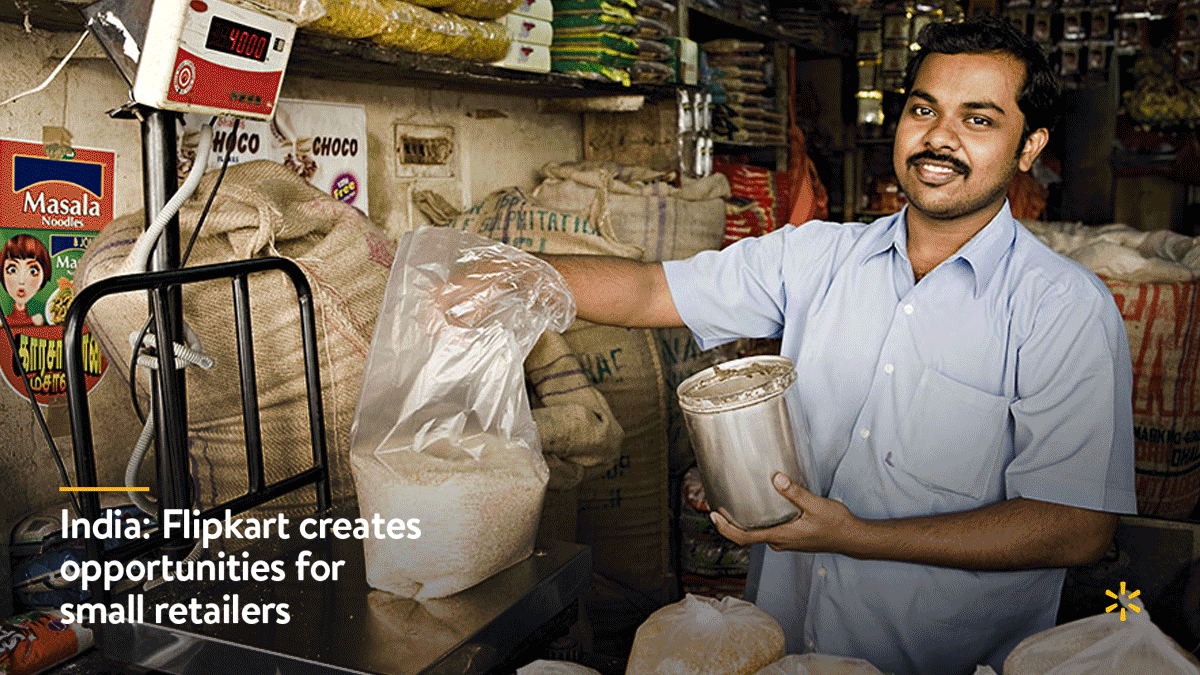
And in China, one of the world’s most evolved eCommerce markets, we have expanded delivery services with our partner JD Daojia in all cities where Walmart operates, so that every single one of our 400+ stores in the market offers one-hour delivery. This is a truly remarkable achievement by our associates and partners, meeting the increased customer demand for convenience.
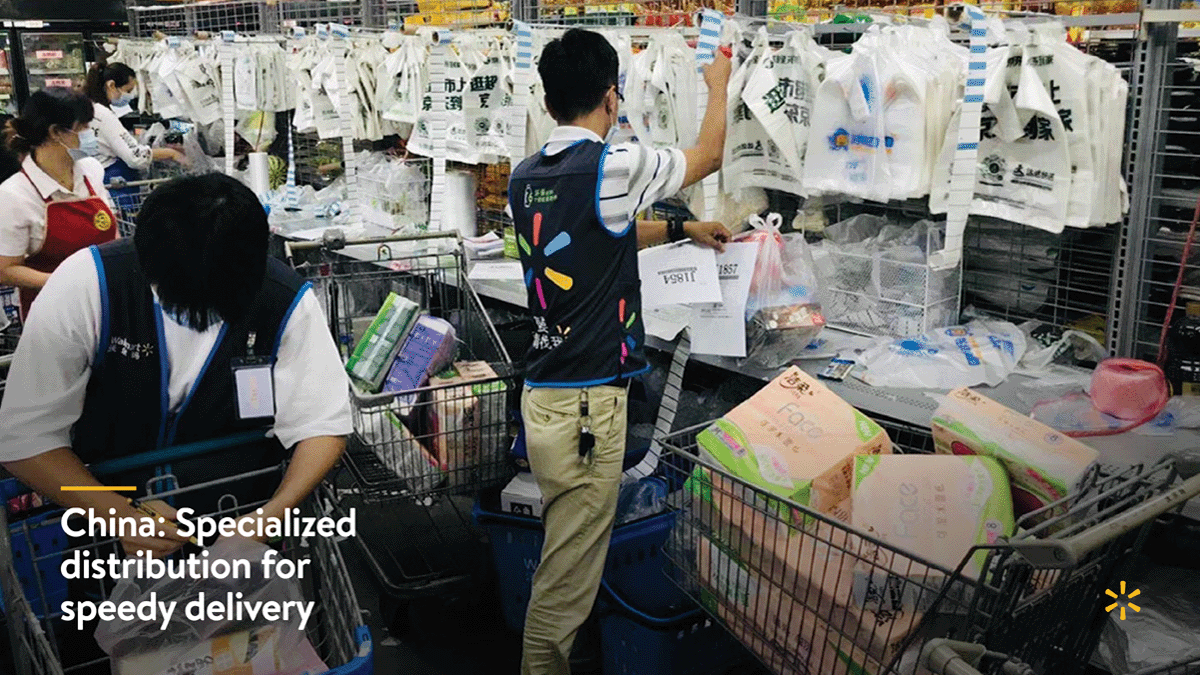
Improving Infrastructures
Making simple pickup, delivery and eCommerce experiences for our customers is a very complicated task. To deliver these services, we need an efficient network that connects physical assets (stores, distribution centers and fulfillment centers) to move goods to where our customers live. This network is supported by complex logistics services, payment and vendor systems, IT support and a nimble supply chain.
All of this is in service of one goal: to make sure goods move quickly from a customer’s online shopping cart to be ready for pickup at their corner shop or delivered to their front door in a safe and responsible way. That goal is the same, whether at a bodega in Mexico or a kirana in India. And the farther customers live from our stores and facilities, the more infrastructure is needed to reach our customers where they live.
In markets like China and Chile, we are investing in specialized distribution centers, called cloud depots, that allow us to deliver directly to consumers. In a recent pilot, our cloud depot in Ningbo, China, handled close to 40,0000 orders for one-hour delivery before the physical store had ever opened. These results are exciting, because they’ll help us service more Chinese customers faster than we could before.
In Chile, we operate six micro fulfillment centers that serve as innovative solutions providing basic necessities to families within a 90-minute delivery window. These unique facilities hold a curated assortment of basic necessities making it possible to deliver in such a rapid way. We’re also thrilled about Chile’s recently-announced hybrid supermarket and distribution center, Omnicentro. This new format allows customers to choose between visiting us physically or shopping online.
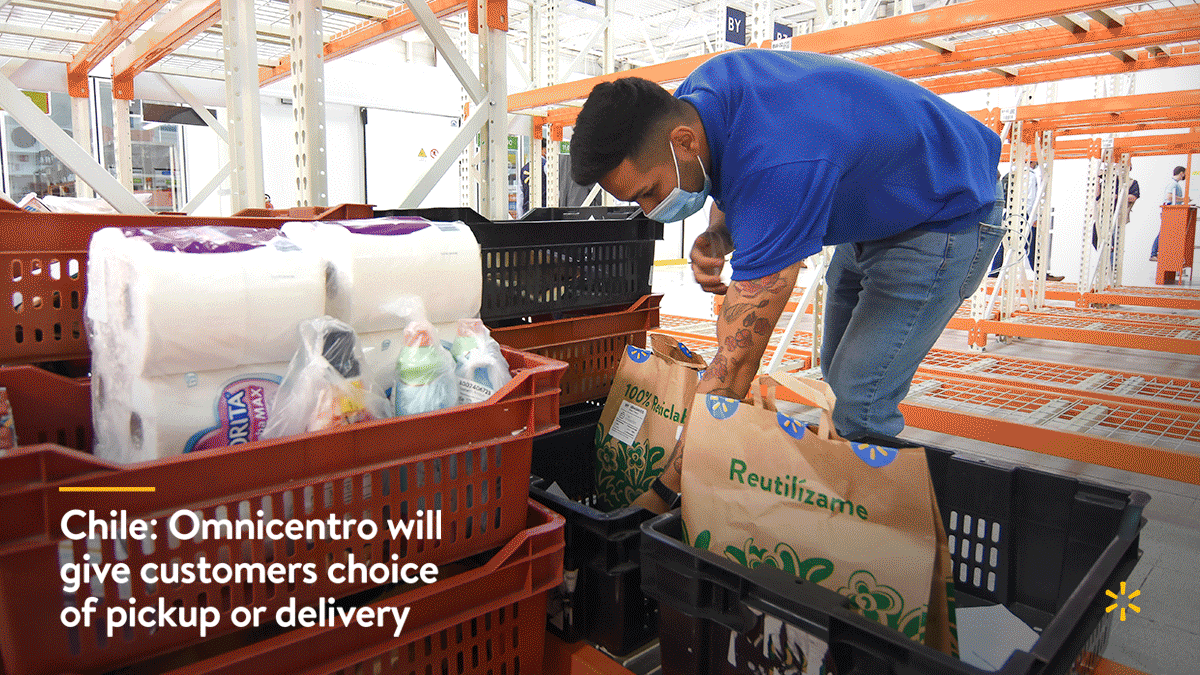
And in Mexico, where many customers prefer to purchase products online but pick them up in a bodega on their way home from work, Walmart de México y Centroamérica recently opened its first omnichannel distribution center in the city of Mérida. The $42 million distribution center will distribute directly to customers via home delivery as well as servicing local bodegas.
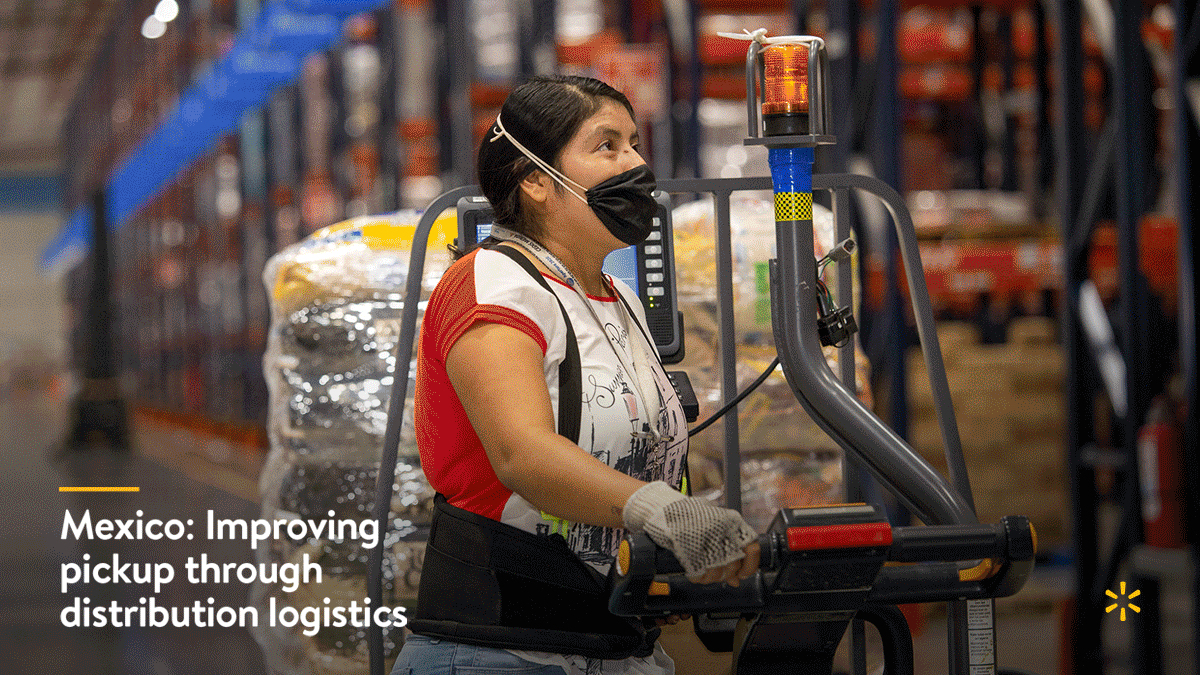
Investing in the Future
These changes don’t just represent a moment in time. Every customer around the world has a preferred way to shop, whether in person, online or a combination of both. And it will take investing in the future to make it possible for Walmart customers to shop when, where and how they want.
In Chile, we’re investing $50 million through 2021 to continue developing eCommerce in the country. This money will be used to improve the home delivery app and to enable pickup at 100 Lider supermarkets.
And in Canada, we’re investing $3.5 billion in the business over the next five years to help streamline the customer experience. We already committed to put over $110 million of that investment into omnichannel efforts this year, including store renovations, technology, pickup expansion and more accessible delivery. This move is part of our long-term strategy to deepen investments in online shopping. It’s been made doubly important by the heightened need for Walmart’s flexibility during the COVID-19 pandemic.
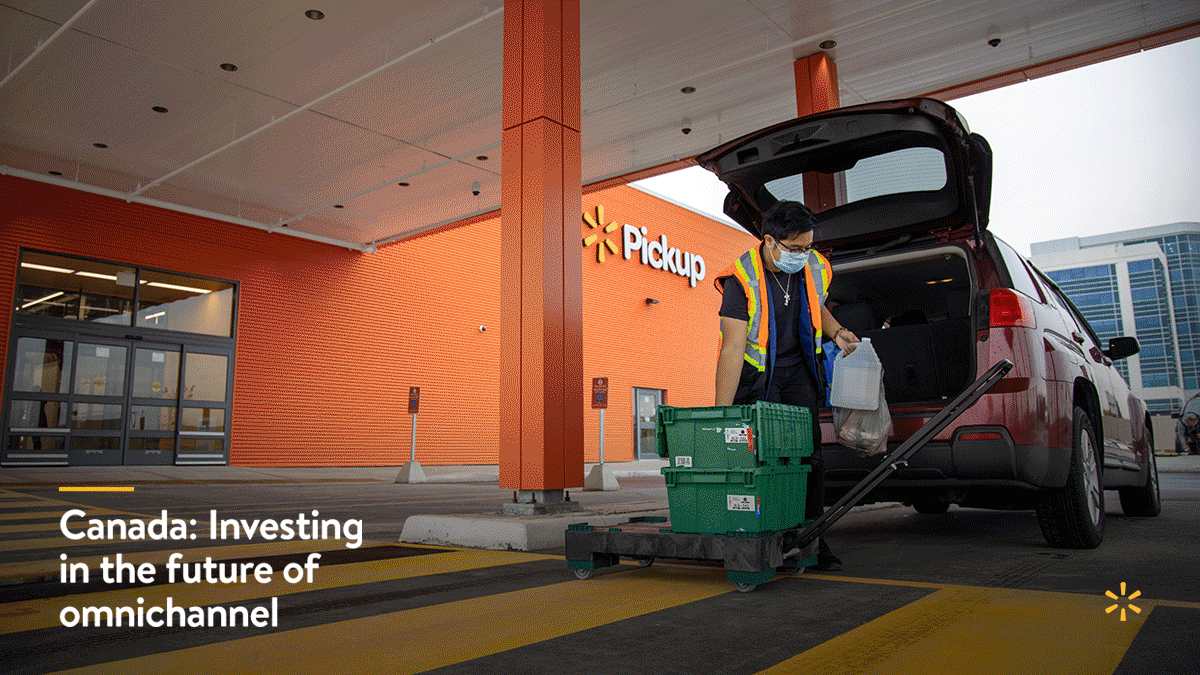
Walmart is leading the future of retail around the world, and eCommerce and omnichannel are becoming more important. Our investments reflect our confidence in this approach. Most importantly, we want customers in all of our international markets to know they can count on a seamless, safe and convenient shopping experience at Walmart.



